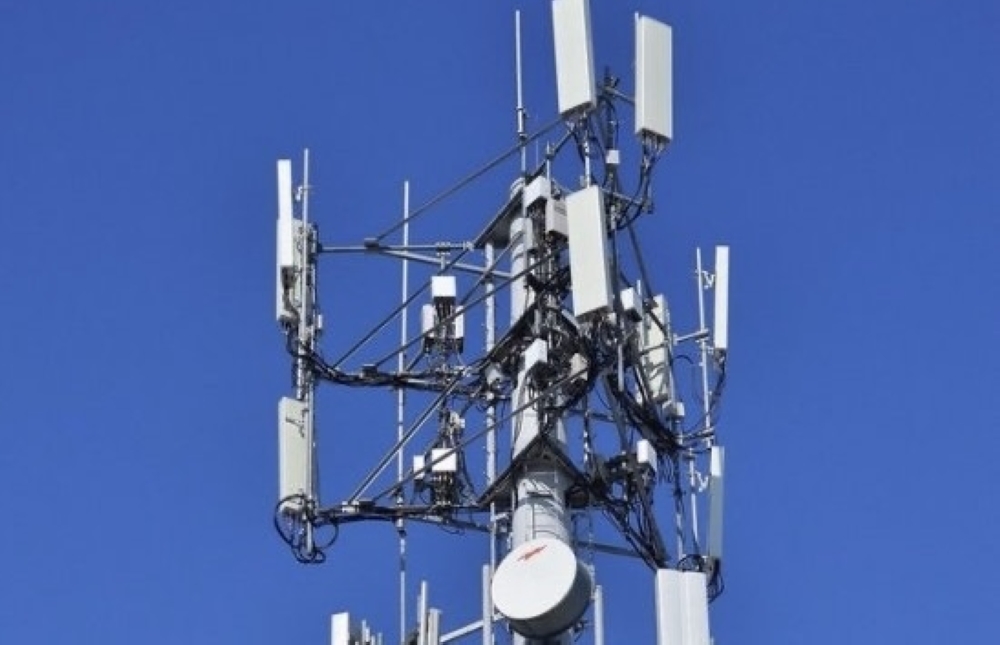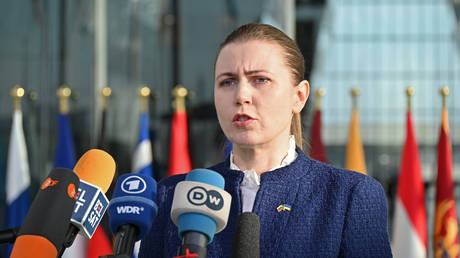The Rwandan government has unveiled a comprehensive National Emergency Telecommunication Plan (NETP) aimed at ensuring robust and reliable communication systems during disasters and emergencies.
The plan, which is the first of its kind, was launched on Monday, October 20.
ALSO READ: Rwanda to use artificial intelligence in disaster management
Jointly developed by the Ministry of ICT and Innovation (MINICT) and the Ministry in Charge of Emergency Management (MINEMA), it establishes a framework for maintaining critical telecommunications infrastructure during natural disasters such as floods, landslides, earthquakes, volcanic eruptions, and even pandemics.
Rwanda's NETP aligns with international best practices, including the International Telecommunication Union (ITU) guidelines for national emergency telecommunication plans and the Sendai Framework for Disaster Risk Reduction.
The Sendai Framework, a global agreement for reducing disaster risk, emphasizes the importance of early warning systems and resilient communication infrastructure.
"This alignment demonstrates Rwanda's commitment to meeting international standards in disaster management while addressing the specific vulnerabilities faced by our communities," the author of the plan said.
ALSO READ: Rwanda loses $300m to disasters annually - report
Key components of the plan
The NETP is structured around the four phases of disaster management: mitigation, preparedness, response, and recovery. Among its critical elements are:
Early Warning Systems: The plan enhances existing systems that monitor natural hazards, particularly for floods and landslides, which are among the most frequent disasters affecting Rwanda. These systems enable timely alerts to vulnerable populations.
Standard Operating Procedures (SOPs): Clear protocols have been established for communication and coordination among disaster management organs during emergencies, ensuring swift and organized responses.
Emergency Drills and Training: Regular simulation exercises and training programs will be conducted to ensure that emergency responders and communication personnel are prepared to act effectively when disasters strike.
Multi-Channel Communication: The plan leverages various communication platforms, including mobile networks, radio broadcasting, and satellite systems, to ensure messages reach all Rwandans, even in remote areas.
ALSO READ: Cell phones to enhance communication on disasters
According to 2023 statistics from the Rwanda Utilities Regulatory Authority (RURA), the country has achieved strong network coverage across its territory, with multiple mobile network operators including MTN Rwandacell, Airtel Rwanda, and Liquid Telecom providing services.
Notably, the entry of Starlink Rwanda Ltd, Elon Musk's satellite-based internet venture, has expanded internet access options, particularly for fixed broadband connections, strengthening the country's capacity to maintain communication during emergencies when traditional networks might be compromised.
Speaking to The New Times, Marcel Sebahizi Mugisha, the Digital Convergence Senior Technologist at MINICT, explained that the plan’s implementation will be highly collaborative and proactive.
“The Ministry will do what we call prepositioning of equipment. After seeing the warnings that a severe disaster is happening, we deploy mobile towers to keep communications alive even when the existing ones are hit,” he said.
He added that MINICT can also provide mobile satellite internet equipment, such as Starlink terminals, to restore connectivity in remote or affected areas where terrestrial networks may fail.
The plan will be implemented over a three-year period, with funding shared among various institutions, including MINEMA, RURA, and mobile network operators.
“There is a detailed implementation roadmap and monitoring and evaluation framework already developed,” Mugisha said, adding that a task force will be established to follow up on the implementation of all recommendations and monitor progress.
To ensure coordination and technical readiness, MINICT and MINEMA have created a National Emergency ICT Cluster composed of ICT engineers from key institutions such as RISA, RURA, MINEMA, MINICT, RSA, and Meteo Rwanda.
“Testing and other preparedness activities will be conducted jointly through this cluster,” he explained. “As MINICT, we don’t simply share information after testing; we work jointly with MINEMA throughout. Our main role, along with our affiliated agencies, is to ensure that communication networks remain functional so that MINEMA can collect all information and coordinate disaster response without connectivity issues.”
The plan also accounts for the extensive reach of FM and TV broadcasting stations across Rwanda, which serve as crucial channels for disseminating emergency information to the public.
According to the plan, Rwanda faces various natural hazards, including floods, landslides, earthquakes, and potential volcanic activity. The National Risk Atlas of Rwanda, compiled by then MIDIMAR now MINEMA in 2015, identifies these vulnerabilities and has informed the development of specific contingency plans for different disaster scenarios.
In May 2023, severe floods and landslides affected multiple districts, underscoring the urgent need for robust emergency communication systems.
The plan ensures that emergency alerts, coordination among responders, and access to assistance can be maintained even when infrastructure is damaged or compromised.
The new plan will be implemented through a phased approach, with ongoing monitoring and evaluation to ensure its effectiveness and relevance as technology and disaster risks evolve.






